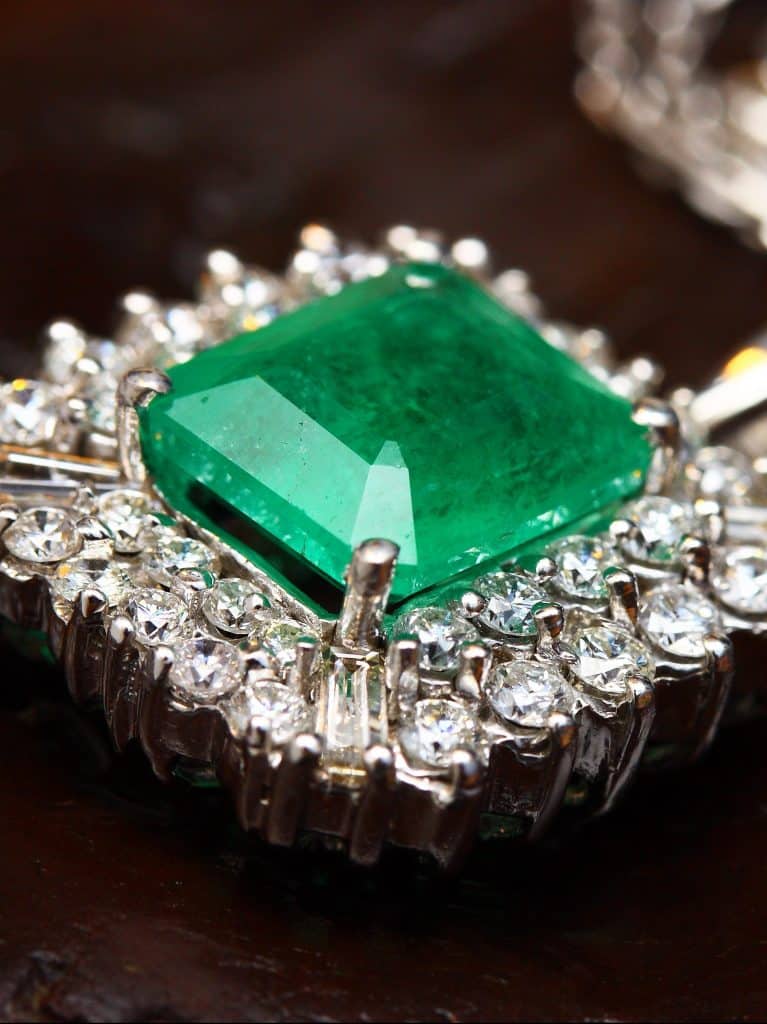Are you looking to enhance your woodworking skills and develop beautiful, strong furnishings pieces? Knowing just how to make dovetail joints is an essential skill for any kind of woodworker. Dovetail joints are known for their toughness and also joint flex fiyat aesthetic allure, making them a popular selection for signing up with wood assemble seamlessly. In this thorough overview, we will certainly take you with the procedure of producing dovetail joints, step by step. Whether you are a novice or a seasoned woodworker, this short article will supply you with beneficial understandings and also ideas to master the art of dovetail joinery.
Understanding Dovetail Joints
Dovetail joints are interlocking joints that connect two pieces of timber at right angles. They include a collection of trapezoidal-shaped pins and tails that fit together snugly, developing a strong bond. The special form of the dovetail joint prevents the timber from pulling apart and also guarantees the joint’s durability. Dovetail joints are commonly made use of in cabinet building, cabinets, and other woodworking tasks where stamina and sturdiness are vital.
To produce dovetail joints, you will need a few crucial devices, consisting of a dovetail saw, knives, a marking gauge, a dealing saw, a mallet, and a dovetail jig (optional). Additionally, you will require top quality wood as well as a tough workbench to hold your work surface firmly.
Now, allow’s study the detailed process of making dovetail joints:
- Action 1: Marking as well as Gauging
The initial step in producing dovetail joints is measuring as well as noting the wood pieces. Use a noting scale to note the thickness of the timber on the end grain of both pieces that you mean to join. This will certainly guarantee that the pins and tails are precisely straightened. Next off, make use of a square to draw the line throughout the size of the wood, indicating the deepness of the joint.
Tips:
- Always make use of a sharp pencil or noting blade for precise markings.
- Confirm your dimensions to make sure accuracy.
- Action 2: Reducing the Tails
Utilizing a dovetail saw, carefully reduced along the significant lines on the end grain of the timber to create the tails. The angle of the dovetail saw’s teeth ought to match the angle of the joint, usually 1:8 for most dovetail joints. Take your time and make specific cuts to attain clean as well as precise tails.
Tips:
- Exercise your sawing method on scrap timber prior to servicing your real task.
- Start with shallow cuts and also gradually strengthen them to stay clear of splintering the wood.
- Action 3: Eliminating the Waste
With the tails cut, it’s time to get rid of the waste in between the tails. Use a coping saw or a fret attended meticulously cut along the waste locations, remaining simply outside the significant lines. Take your time to make certain that the saw cuts are clean and straight.
Tips:
- Hold the coping saw at a mild angle for a lot more specific cuts.
- Consistently examine your progress to stay clear of removing too much product.
- Step 4: Moving the Tails to the Pins
Area the tails over the end grain of the 2nd item of timber, aligning them precisely. Utilize a sharp pencil or noting blade to transfer the shape of the tails onto completion grain, marking the location of the pins. This will certainly act as a guide for reducing the pins later on.
Tips:
- Hold the timber pieces firmly while transferring the markings to make sure precision.
- Use a light touch when noting to stay clear of damaging the timber.
Developing Hand-Cut Dovetail Joints
If you favor to create dovetail joints without the aid of a dovetail jig, the adhering to steps will lead you via the procedure:
- Tip 5: Cutting the Pins
Making use of a dovetail saw, carefully cut along the marked lines on completion grain of the wood to create the pins. Ensure that the saw cuts are alongside the grain and that the cut depth matches the depth of the tails.
Tips:
- Exercise your sawing method on scrap wood before reducing the actual pins.
- Take your time to attain tidy as well as accurate cuts.
- Action 6: Eliminating the Waste
Comparable to step 3, use a dealing saw or fret attended remove the waste in between the pins. Remain simply outside the significant lines and ensure your cuts are straight.
Tips:
- On a regular basis inspect your development to prevent overcutting or getting rid of way too much product.
- Take breaks if required to keep focus as well as precision.
- Step 7: Testing the Fit
When the pins as well as tails are cut, examine the fit by constructing the joint. The pins must slide efficiently into the equivalent tails, producing a tight and also secure fit. Apply mild stress with a mallet if needed, but stay clear of excessive force that could damage the joint.
Tips:
- If the fit is also tight, meticulously slash off percentages from the sides of the pins or tails until the joint fits comfortably.
- Take your time to make sure an excellent fit.
Making Use Of a Dovetail Jig
If you choose an extra directed strategy, using a dovetail jig can streamline the process. Follow these steps:
- Tip 8: Setting Up the Dovetail Jig
Select an appropriate dovetail jig for your job and established it up according to the supplier’s instructions. The majority of dovetail jigs require adjusting the design template guides to match the desired joint dimension.
Tips:
- Review the directions very carefully to avoid any mistakes or incidents.
- Make certain that the jig is firmly attached to your workbench for stability.
- Step 9: Cutting the Tails and Pins
Making use of a router equipped with a dovetail bit, adhere to the jig’s guidelines to cut the tails and pins. The dovetail bit will immediately form the wood, producing completely shapes and size joints.
Tips:
- Beware when operating the router as well as follow safety and security guidelines.
- See to it the timber is securely secured in place prior to transmitting.
- Step 10: Setting Up and Completing
When the tails and also pins are reduced, put together the joint by gliding the pins right into the tails. Use a small amount of timber adhesive to enhance the bond. Use secures to hold the joint together while the adhesive dries out. End up the joint by sanding any type of rough edges as well as using an appropriate wood coating.
Tips:
- Comply with the recommended clamping time provided by the wood adhesive producer.
- Select a timber surface that enhances your project and also safeguards the joint.
Last Ideas
Dovetail joints are prized for their toughness, appeal, as well as ageless allure. By grasping the art of dovetail joinery, you can raise your woodworking projects and create items that stand the test of time. Whether you choose to create hand-cut dovetail joints or utilize a dovetail jig, the key is practice as well as persistence. With each project, your abilities will certainly boost, and also you will get confidence in producing exact and stylish dovetail joints. So, collect your devices, pick top quality timber, and also embark on your trip to coming to be a competent dovetail joint craftsman!
Remember, the most crucial aspect of woodworking is delighting in the process as well as taking pride artralon medicamento in the outcomes of your effort.





